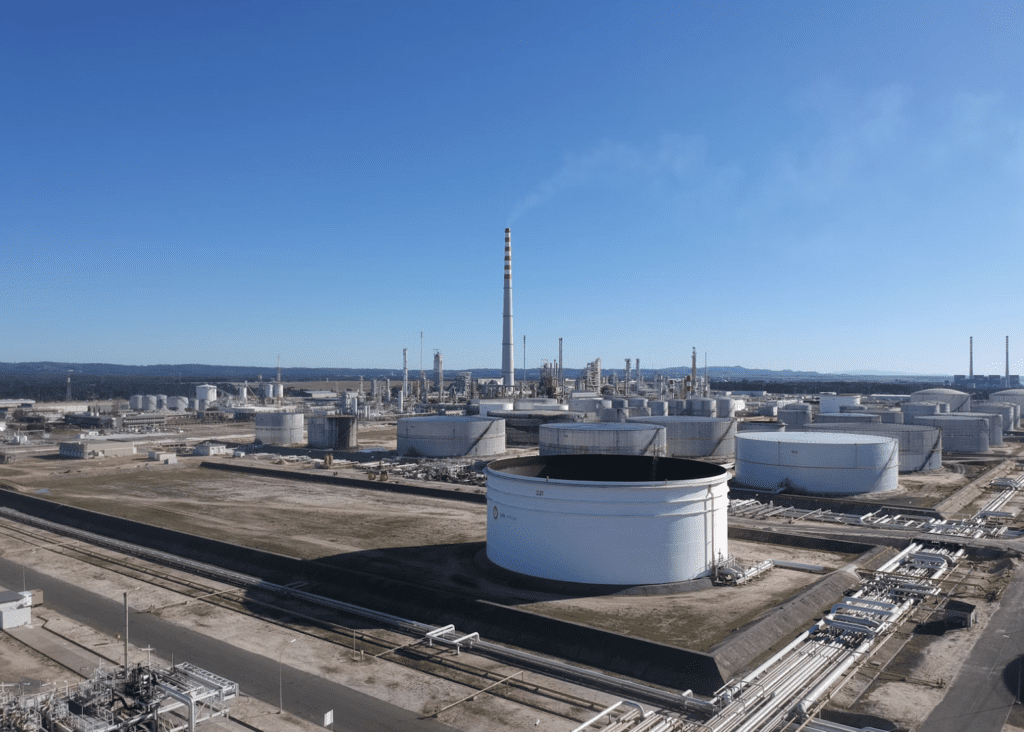Tensions in the middle east are high despite the announcement of a ceasefire this morning. With them, the price of oil has moved significantly in June. For investors, that raises a vital question: what next for oil prices, and how will they affect your investment portfolio?
The price of Brent crude — a key international benchmark — climbed sharply in recent weeks, moving from around $61 a barrel at the start of June 2025 to north of $80 in the wake of the US bombing of Iran on 21 June, and receding to around $67 in the wake of the ceasefire announcement. While that’s far from panic territory, a 31% hike was a significant shift in a short space of time – and prices remain up 10% compared to the start of the month. It’s a trend with the potential to move markets well beyond energy.
The oil price is not what it was
But while oil still holds sway in global markets, it’s not the kingpin it once was. The days of the 1970s oil shocks — where supply constraints triggered stagflation and global recessions — are behind us. In fact, the global economy is less oil-intensive than ever, thanks to improved energy efficiency, the shift toward renewables, and the growth of less energy-hungry sectors like services and technology.
In fact, oil was over $80 at the start of this year, and the initial reaction in the oil price to US strikes has been relatively small. But depending on how Iran responds to the attacks on its nuclear programme, the barrel price could move significantly from here. An attack on oil infrastructure in the region, or the closure of the Strait of Hormuz, through which around a fifth of the world’s oil is transported, would cause a significant spike.
Here are three ways this live situation could shape the economy, and your investments, in the months ahead.
A return of inflation
Rising oil prices feed directly into the cost of doing business and living — from manufacturing and transport, to heating and travel. That could put fresh pressure on inflation just as central banks were starting to implement rate cuts.
If energy costs rise significantly, central banks like the ECB and the US Federal Reserve may be forced to pause or reverse plans to reduce interest rates. That would be bad news for borrowers, companies planning to invest, and could dampen global economic growth.
Inflation has proven hard to fight over recent years, and higher-for-longer interest rates will weigh on equities, especially growth stocks. On the other hand, inflation-linked bonds and certain commodities such as gold and oil itself will likely see renewed interest.
A flight to safety
Periods of geopolitical uncertainty — particularly in a strategically vital region like the middle east — tend to trigger a flight to safety. We’re already seeing gold prices edge higher, as investors seek out traditional safe-haven assets.
What else fits that bill? Government bonds often attract demand in times of uncertainty. Defensive equities, such as consumer staples and utilities, may also benefit as investors look for steady returns.
The US dollar has also been a safe haven asset in times of uncertainty, and having risen in recent days, fell versus other major currencies in the wake of the ceasefire announcement.
For Irish investors, this could be a time to assess your portfolio’s balance between growth assets and capital preservation. If you’ve been heavily weighted towards riskier sectors or regions, a rebalancing may be worth considering. That’s particularly the case given the strong gains in tech assets over recent years.
Opportunities in the energy sector
There’s a flip side to every challenge — and in this case, energy producers are likely to be among the winners. Higher oil prices make more projects economically viable, especially in high-cost areas of the energy industry, such as US fracking. Expect to see renewed investment and stronger earnings from western oil majors and independent producers alike.
Longer-term, a sustained rise in oil prices would also underline the case for accelerating investment in alternative energy. Assets related to nuclear, wind, and solar could all see increased interest — particularly in Europe, where the green transition remains a major policy objective.
What should you do?
The first thing to remember is that oil price moves are notoriously difficult to predict. Markets can react sharply to headlines — but they often retrace once the dust settles. That’s why it pays to stay diversified and avoid knee-jerk reactions.
Second, this could be a good time to revisit your investment strategy. Are you over-exposed to cyclical or interest rate-sensitive sectors? Do you have enough diversification through commodities, infrastructure, or inflation-protected assets?
At Moneycube, we believe the best approach is to stay informed, stay invested, and take a long-term view. Yes, the oil market is making headlines. But rather than trying to time short-term price swings, the smarter move is to ensure your portfolio is resilient, balanced, and aligned with your goals.
If you’re unsure how global events are affecting your investments, now’s a good time to talk. We’re here to help you make sense of the market noise — and build a plan that works, whatever the price of oil.










